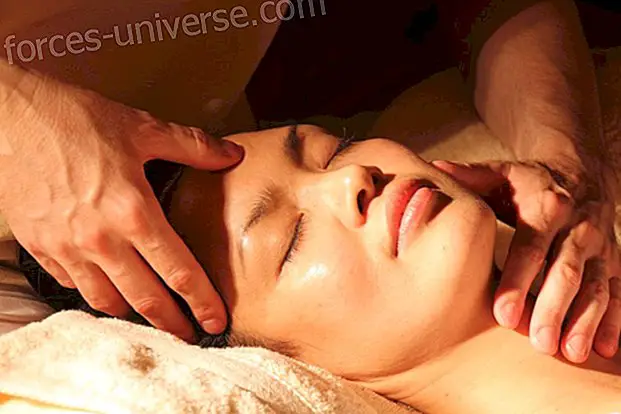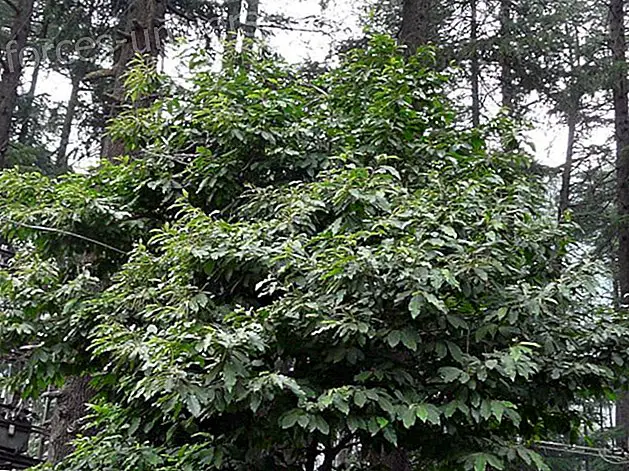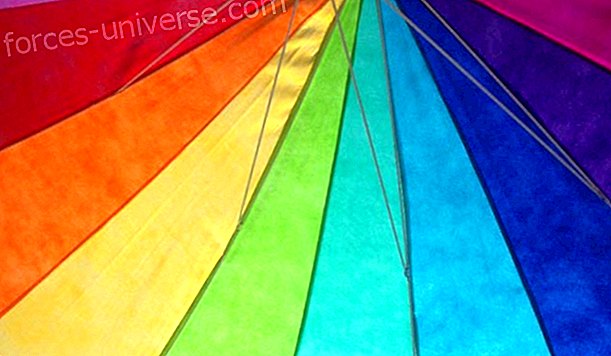Chinese Massage Philosophy: History and specifications of the expanding traditional massage known as Tui Na
- 2019

"A wise man should realize that his health is his most valuable possession."
- Hippocrates
Would you like to know what the philosophy of Chinese massage is ?
According to the scriptures and manuscripts that have bequeathed us in ancient cultures, Traditional Chinese Medicine dates back five thousand years in the past. This medicine, also formerly known as Han medicine, at the beginning of its expansion throughout the Asian continent, became widespread under the name of Oriental Medicine.
Its bases and its theory are those that originated with the philosophy of Taoism, whose foundations are found in the recognition and participation of the cycles of nature. It talks about the spontaneity of our mother nature's movements, and how these are reflected within us. The human being is a whole in itself, it is energy in motion . Body, mind and spirit integrate this unity that occupies a place within the Universe.
Thus, the practice of Tui Na, as well as the other practices within Traditional Chinese Medicine, cannot disregard the philosophy that originates it.
Thus, in this article we are going to focus on the philosophy of Chinese massage and the benefits that its application has for health.
What is the Tui Na?
The Tui Na ( Tui ' push ' and Na ' squeeze ', 推拿, in some places in China retains its ancient name: Anmo ) is a form of Chinese therapy, whose first record dates back to the Ming dynasty.
Being one of the oldest therapies of humanity, the philosophy of Chinese massage emerges to relieve man from the pain caused by his work in nature.
During its development, throughout different dynasties, the high healing power that it offered in conjunction with the use of different ointments, caused the expansion of this massage by countries such as Japan, Korea and India, supported, clearly by cultural exchanges and China's economic development.
Over time, this practice has gained a place in the world of health, becoming applied in different clinical specialties, such as surgery, traumatology and a great career in pediatrics.
The study of this philosophy of Chinese massage began to take place in a more formal way from 1979, opening the first faculty of Tui Na in the city of Shanghai . And since then, it has not stopped expanding and being used in every corner of the world.
Currently, in the hospitals of that country both medicines are official, both traditional and conventional. Thus, their patients are given the possibility to choose how they wish to be treated, and many choose both treatments at the same time.
- Read also Acupressure Points Japanese Technical Hands Healing Joints -

Applications for the philosophy of Chinese massage
Tui Na massage can relieve multiple disorders. This type of massage acts directly on all types of acute pain in the body. This is why it is an all-terrain solution for everything that involves muscle or bone pain.
People who suffer from torticollis, shoulder level tension, pain in the sciatica and lower back are usually also recommended with the practice of this massage philosophy Chinese
Also, people suffering from insomnia, for example, can find the release of such a condition in this practice. In addition, migraines and headaches also cease with the application of these massages. It can also help us alleviate problems in the digestive, respiratory and reproductive systems. After its expansion into the western world, it has also proven to be useful as an integral treatment to traditional medicine, and with other forms of alternative medicine, including Japanese Shiatsu massage, sports massage, deep tissue work and myofascial release.
Limitations of the Chinese massage philosophy
The practice of Tui Na, like all forms of therapy, has clear specifications, guidelines and limitations. People who suffer from torticollis, shoulder level tension, pain in the sciatica and lower back are usually also recommended with the practice of this Chinese massage philosophy . Professionals clarify that some conditions are not recommended for dealing with Tui Na.
Within these conditions we find, for example, bone fractures, ligament tears, fevers, infections, malignant tumors, acute wounds in the spine and impingement in the vertebrae. However, the philosophy of Chinese massage is compatible with other forms of therapy. Depending on the type of condition to be treated, the practitioner of Traditional Chinese Medicine should be prepared to recommend other types of treatments.
- Read also Acupuncture: The Millenary Technique of Traditional Chinese Medicine -

Tui Na technique
This therapy based on the philosophy of Chinese massage seeks to disperse the pathogen, the agent that causes discomfort, and stimulate the antipathogen, that is, that which generates well-being. In that way it balances the circulatory harmony of the energy of Qi .
To achieve this, the practitioner of this type of massage must perform their hands on the key points of the affected body surface and perform specific movements. Depending on the intensity and nature of these movements, this practice based on the philosophy of Chinese massage presents eight methods .
These eight methods consist of:
- To warm
- Tone up
- Deobstacle
- Evacuate (Purge)
- Transpire
- Harmonize
- Disperse
- Remove
Like all practices included in Traditional Chinese Medicine, its application must be carried out by professionals for the correct action of this massage on the body.
recommendations
This practice based on the philosophy of Chinese massage is recommended for people of all ages, especially for the elderly and children, due to its extensive experience in the field of pediatrics. This massage can be a great contribution to our physical, mental and sentimental balance.
In addition, its great relaxing power makes it a great help in relieving stress and anxiety in our lives.
It has even proven useful for people with autism. In London, therapist Lonid Rozman, a specialist in people with autism, is one of the founders of the local Tui Na center, where he teaches a new method for parents to apply to their autistic children.
The philosophy of Chinese massage focuses on making the Qi or primordial energy flow through the body through the fourteen meridians. When this energy is free of obstacles, we can feel energized and lively, happy and peaceful. And there are so many factors that can unbalance us, such as diet or prolonged exposure to technological devices, that it is always advisable to return to the teachings of these ancient sages to reconnect with our balance.
AUTHOR: Lucas, editor and translator of the great family of hermandadblanca.org
SOURCES:
- http://www.masajeplasencia.com/tui-na-masaje-chino/index.php
- https://en.wikipedia.org/wiki/Tui_na
- https://www.euyansang.com/en_US/tuina%3A-ancient-chinese-healing-techniques/eystcmtreatment4.html
- https://www.amcollege.edu/blog/top-5-benefits-of-tuina-massage
- https://www.cuerpomente.com/salud-natural/terapias-naturales/masaje-terapeutico-tuina_1223
- https://www.tresazules.es/blog/que-es-el-masaje-tuina.html






